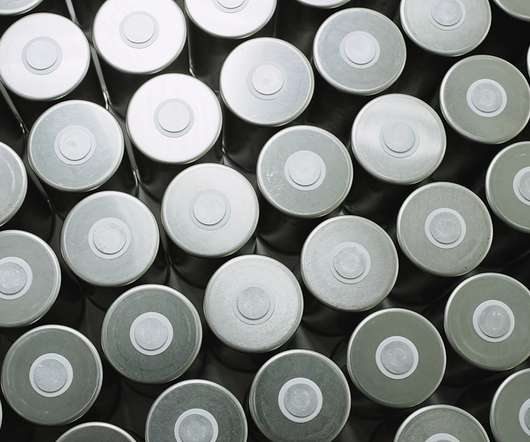Researchers improve the performance of sodium-ion batteries by using tailored carbon anodes with hierarchical porosity
Green Car Congress
AUGUST 1, 2011
Researchers at Justus Liebig University, Giessen, Germany, have improved the performance of sodium-ion batteries ( earlier post ) by using tailor-made carbon materials with hierarchical porosity for the anode instead of common carbon-based anode materials. prepared a carbon material with interconnected pores in two size ranges.























Let's personalize your content